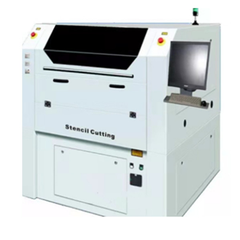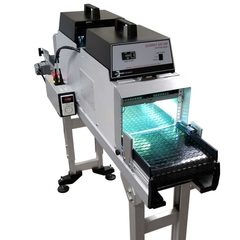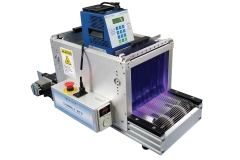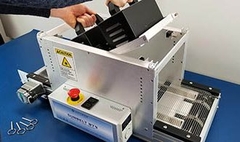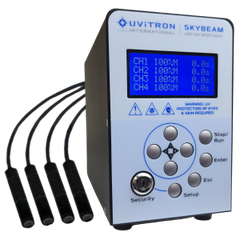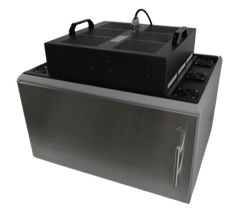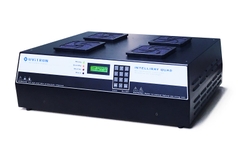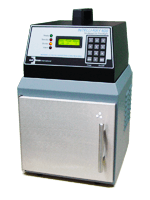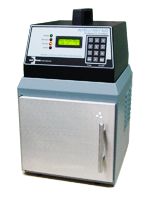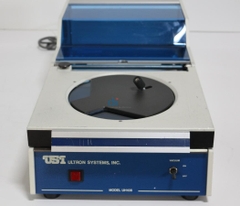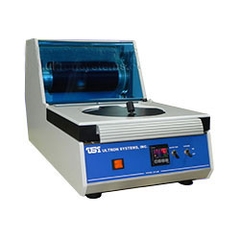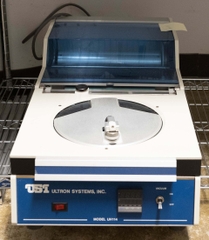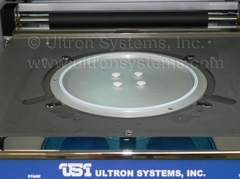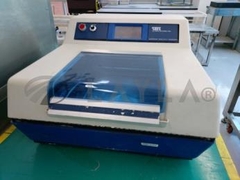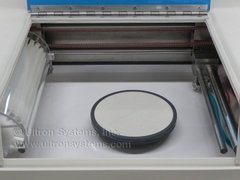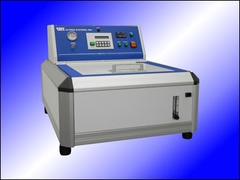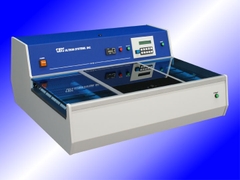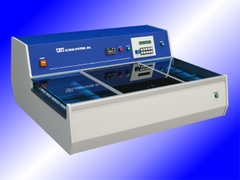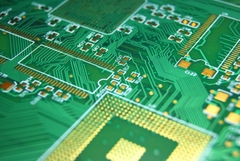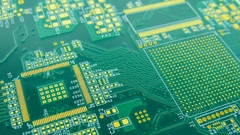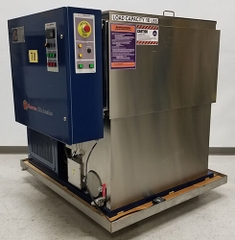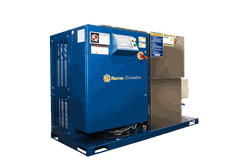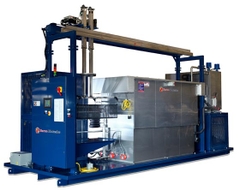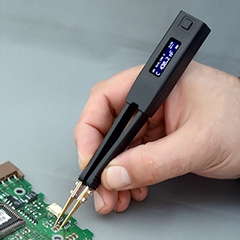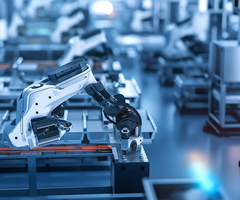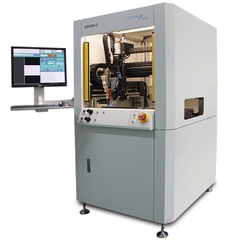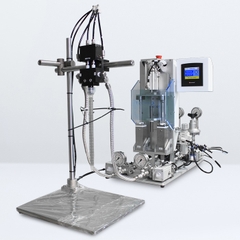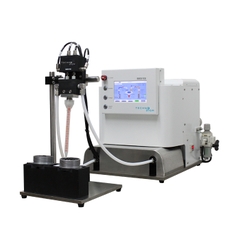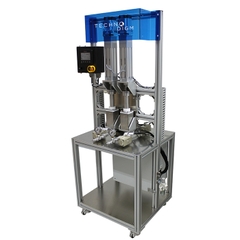- Trang chủ
- / UV Conveyor 40 Plus Dual lamp curing conveyor system
Adjustable lamp height and end chute: Foldaway end covers provide quick access to height adjustment pins, which provide perfectly repeatable settings of lamp head to belt distance. An adjustable position end chute guides accumulating cured parts as they exit the conveyor.
Removable lamp heads: The system’s dual lamp heads can be easily removed for bulb replacement and maintenance. They can also be moved quickly from the conveyor to optional low cost shielded mounting stands. This feature allows for offline engineering process testing, and maximum equipment utilization.
Dual spectrum capable: The UV Conveyor 40 Plus dual lamp heads offer the unique curing advantage of mixing any of its four available lamp spectrum types. For instance, the UV conveyor’s first lamp head can be fitted with a UVA type whose longer wavelengths penetrate more effectively, providing deeper UV curing. The second lamp can be a UVB lamp for sealing the surface, preventing oxygen from diffusing and causing surface tackiness. This optimizes adhesive reaction speed without the need for an expensive nitrogen purge or the delays of pulse curing.
Full UV shielding: The conveyor light chamber is totally enclosed, shielding the operator and others nearby from any light exposure during the UV curing process. The light chamber entrance and exit are protected by sliding tinted acrylic doors with extended hoods.
Digital speed readout & E-stop switch: A digital rate meter accurately displays the conveyor’s belt speed in feet per minute, allowing for repeatable curing time settings. An emergency stop switch allows quick and safe shutdown of conveyor and lamps
Exhaust port: The light chamber has a top-mounted 3″ diameter port for optional venting to facility exhaust systems.
Optional mounting stands: The system may be configured with extruded aluminum height adjustable mounting stands. The stands have unique swivel support brackets that allow them to support inclined conveyors, as well as provide angular transitions between continuous conveyors.

